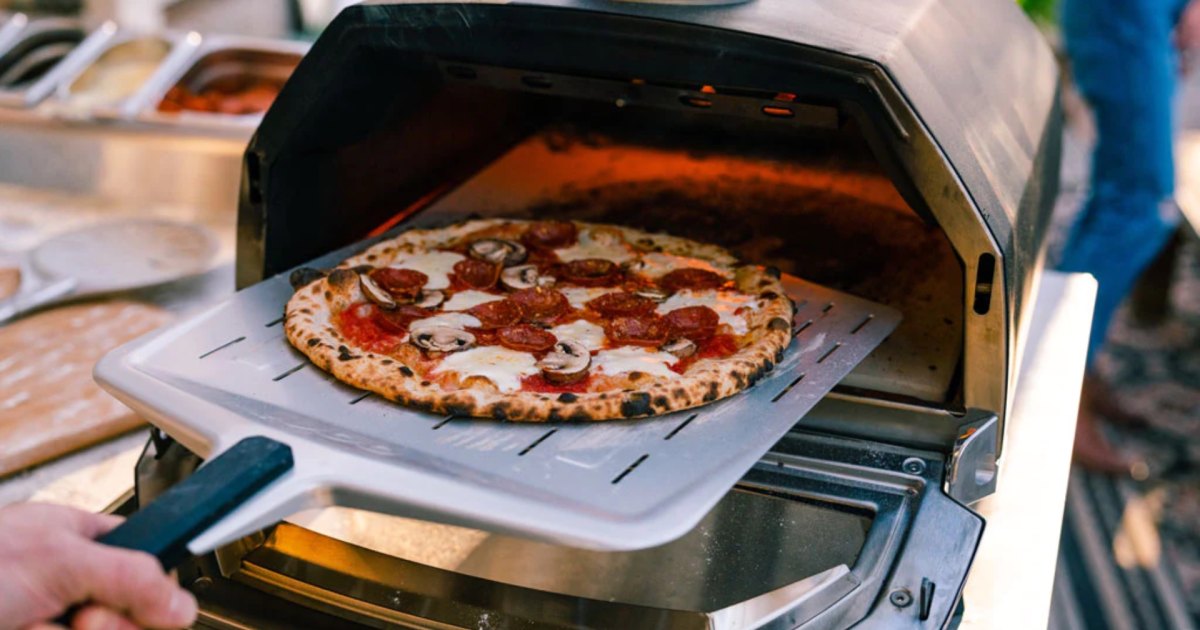No products in the cart.
Fitness Tips
How to Make the Best Pizza in Town Right at Home
Unlike grilling burgers or smoking barbecue, pizza has no off-season. It’s fast, inexpensive, kid-friendly, and endlessly customizable. In short, there is no bad time to have pizza. And right now you’re living in the golden age of artisanal pies made at home. Over the last few years manufacturers have churned out a range of easy-to-use backyard ovens—and even some countertop versions—that clock in at around 900 degrees, getting way hotter than a standard kitchen oven. From basic margarita style to specialty pies like Detroit- or Sicilian-style, once you get hooked on making pizza at home you’ll forget the local pizza shop’s number. But equipment alone is only half the story.
Be Pizza-Prepared
Baking a proper pizza starts with the right dough. A Google search yields tons of recipes for pizza dough, but most are designed for indoor ovens. “A lot of the strategies for indoor pizza home ovens won’t work well outdoors,” says Andrew Janjigian, who has covered pizza making for Cook’s Illustrated and King Arthur’s flour, and produces a newsletter about baking at wordloaf.org. “Home ovens typically don’t get higher than 550 degrees. A typical pizzeria oven is going to get at least 700 degrees—and that 150- to 200-degree difference is big.”
The key? Build the dough more like a pizzeria does, optimized for higher heat. “Indoor pizza recipes put things like sugar, oil, and sometimes diastatic malt, an enzyme that promotes sugar formation in the dough, all to get it to brown quickly—but in an oven that is 700 to 900 degrees, those things are a detriment because they’re more likely to burn,” says Janjigian. If you don’t have the time to make your own dough, call your local pizzeria to see if they’ll sell you some.
Janjigian explains that in a commercial oven there’s more room for the pizza, but in a backyard version, you have an intense heat source basically right next to the pie. That means there’s often more responsibility on you to rotate the pie once inside the oven to make sure it’s cooking evenly, around the circle, but also top and bottom.
“There’s definitely too much of a good thing when it comes to heat,” he says. “Just because you can crank the oven up to 1,000 degrees, it doesn’t mean you should. I like 700 to 800 degrees—that’s kind of the perfect middle ground.” And it’s always a smart move to preheat the oven before sliding a pie in. Aim for about 30 minutes, if your oven has a door, and about 45 if it doesn’t.
Here are some of the best pizza ovens, for indoor and outdoor cooking, plus all the gear you need to turn out amazing artisanal pies.
For access to exclusive gear videos, celebrity interviews, and more, subscribe on YouTube!
Source link

